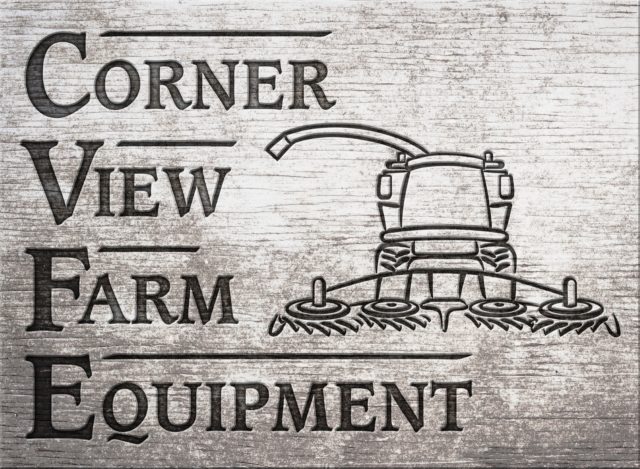A “bright side” of delayed harvest is that the forage plants have longer to accumulate carbohydrate “stores” and maintain plant vigor.
Just because hay lodges, does not mean that it will “smother itself.” New alfalfa and grass shoots that will become the second growth will emerge through the older, lodged-first growth.
However, harvesting this combined first and partial second growth will interrupt the development of the second growth and likely slow its eventual regrowth. So, there may be a slightly longer interval between your first and second cuts.
A delayed first harvest often shortens the number of harvests for the season – instead of a normal four cuts you may only get three this year. In addition, the sequence of the remaining harvests should be spaced to allow for a four- to five-week “fall rest” during September and early October to maintain the vigor of the stand going into winter.
The mature plants will be of low nutritive quality, so should be sampled and tested for forage quality and for efficient ration balancing when feeding. Leaf and stem diseases are favored in a high-humidity, lodged canopy.
Some producers who have a chance to cut hay between storms may not be able to bale or chop it. Windrows left in place for a long period can lead to smothering of regrowth forage.
If you have windrows that have been in place for days, try to turn or harvest them as soon as possible.
In some cases, the nutritive value deteriorates to the point that the hay may not be worth the money and effort to bale or chop it for forage.
Producers sometimes sacrifice this yield option and chop or shred the weathered hay back onto the field. If you resort to this, ensure that the chopped forage is uniformly spread.
The physical process of cutting lodged hay presents challenges. Whether you are using a sickle mower or a disc mower, some machine adjustments may be necessary for effective cutting:
- Tip the cutter bar down.
- Take some weight off the knife or disc platform to protect the knives using the lift assist springs.
- Keep the cut height reasonably low to get down under mat of crop.
- Use disc cutter knives with a twist to get a little more lift, and consider use of “crop lifters” designed for the disc mower.
- If the mower has a pick-up reel, bring the reel forward and increase the reel speed if adjustments are available.
- Consult your operator manual for proper adjustments.
Cutting in one direction against the lodge is an effective harvest management practice, but greatly slows harvest productivity.
It may be more practical in the long run to cut as usual, leaving longer, partially cut stems on half the passes in the field and get a better overall quality on the field as a whole. Timeliness may be more economically valuable than the appearance of the field. FG
—Excerpts from Iowa State University Integrated Crop Management News









